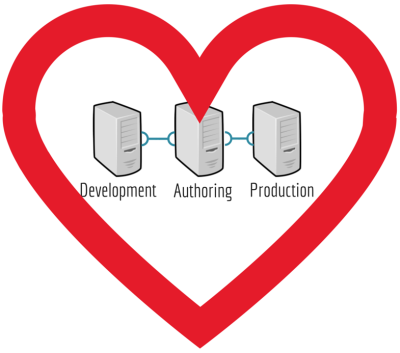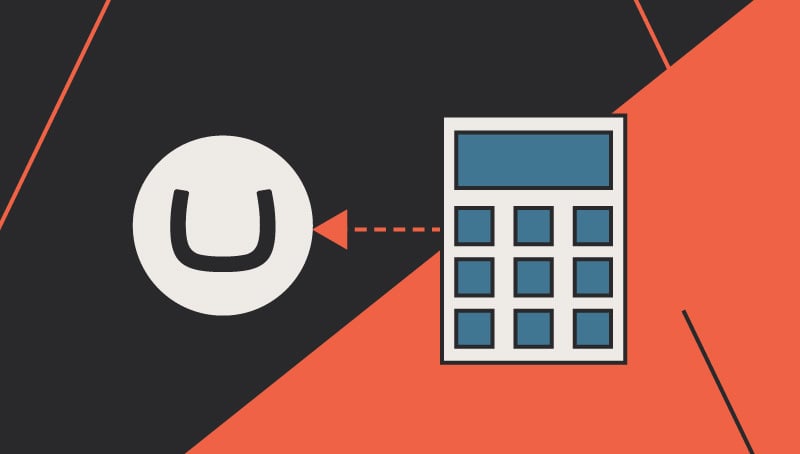3 Pain Points That a Multi-Tier Website Environment Can Solve
Chris Osterhout SVP of Strategy#CMS, #Episerver-Ektron Merger, #Episerver, #Ektron

Learn how using multi-tier environments to deploy changes to a CMS website can reduce errors and improve efficiency.

As we continue to consider the future of the Content Management System (CMS) landscape following the merger of EPiServer and Ektron, one area that still remains to be determined is how Ektron’s eSync product will be incorporated into the converged platform. eSync is a powerful tool that can be used to create and manage multi-tier environments, and this capability will most likely be carried over to EPiServer. Bringing the powerful capabilities that eSync offers into the EPiServer platform is another of the many exciting possibilities that the merger between the two platforms will provide to users of these CMS platforms.
While most enterprise CMS platforms provide synchronization capabilities, setting up a multi-tier environment is often the last thing that website owners consider. While the benefits of multi-tier environments may not be immediately apparent, sites that do not utilize them will definitely suffer. Here are some pain points that clients will quickly encounter if they do not utilize this powerful capability:
Inability to Effectively Preview Content
One benefit that a multi-tier environment can provide is an authoring (or staging) environment in which site authors can create and preview content as it will appear on the site before it goes live. Without this capability, users would need to log in to the site’s admin center and switch to preview mode in order to preview any content changes. By using an authoring environment, content authors can make changes and send approvers a link to the updated pages on the staging site, allowing them to view the content as it will appear on the live site before synchronizing the changes to the production environment.
Difficulty Testing Code Changes
Companies often utilize a development environment or server in which they can place and test any changes to their website’s code before deploying it to the production site. If they are not utilizing a multi-tier environment, they don’t have a way to synchronize these changes to the production site, so in order to implement the new code, it will need to be manually migrated to the production server. This process is cumbersome and extremely prone to human error. Without the ability to synchronize code between environments, the development server is effectively a “sandbox” rather than a true development environment. A multi-tier environment provides the ability to sync code changes from the development site to the production site, eliminating human error and greatly increasing the efficiency of the deployment process.
No Place to Test Platform Upgrades
When upgrades to a CMS platform are released, it’s important to test them on your website in order to ensure that they will not break any of the site’s functionality. With platforms like EPiServer that use a continuous release process, it becomes more and more important to have an environment in which both developers and users can test these upgrades and follow the appropriate Quality Control (QC) procedures. As mentioned above, being able to implement these changes in a development environment and synchronize them to the production site rather than performing them manually to a live website can make a huge difference, reducing the possibility of errors or changes that might affect a site’s usability. Utilizing a multi-tier environment to test and deploy upgrades is essential in the modern age of enterprise CMS platforms.
Looking Toward the Future
As we continue to learn more about the future of the EPiServer platform following the company’s merger with Ektron, we want to stress the importance of implementing multi-tier environments. As more details about how Ektron’s eSync product will be incorporated into the converged EPiServer platform, we’ll be able to understand the best methods for implementing synchronizations between environments, ensuring that site owners can address the pain points described above and provide their users with the ideal experience on their sites. Do you have any questions about how to implement a multi-tier environment for your website? Please contact us to speak to a Solutions Engineer, or share any other questions you might have in the comments below.
Related Posts

The Episerver Optimizely Rebrand: What It Means For Your Business
Episerver has officially announced its rebrand to Optimizely. Here’s why—and how your business can benefit.

Umbraco 7 Upgrade Costs and Considerations
Topics to consider when budgeting for an Umbraco 7 upgrade, including business needs, website redesign, integrations, and e-commerce needs.
Results Matter.
We design creative digital solutions that grow your business, strengthen your brand and engage your audience. Our team blends creativity with insights, analytics and technology to deliver beauty, function, accessibility and most of all, ROI. Do you have a project you want to discuss?
Like what you read?
Subscribe to our blog "Diagram Views" for the latest trends in web design, inbound marketing and mobile strategy.
